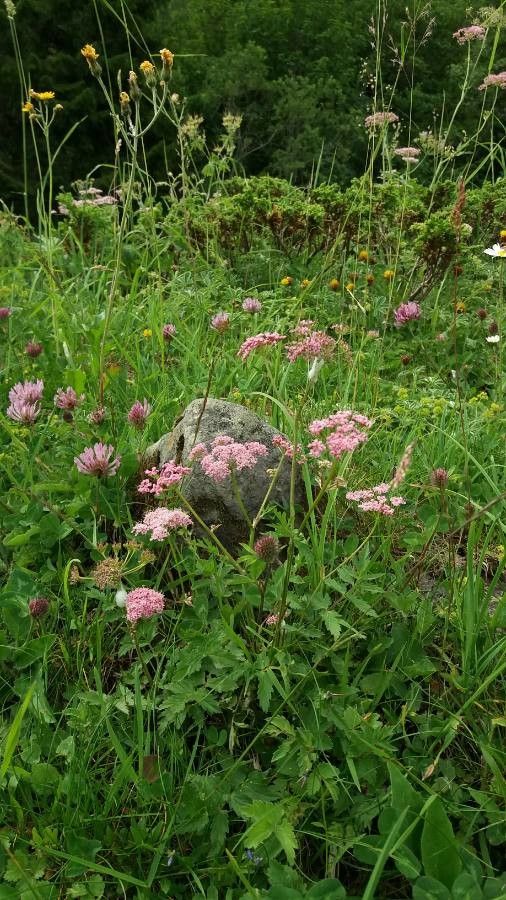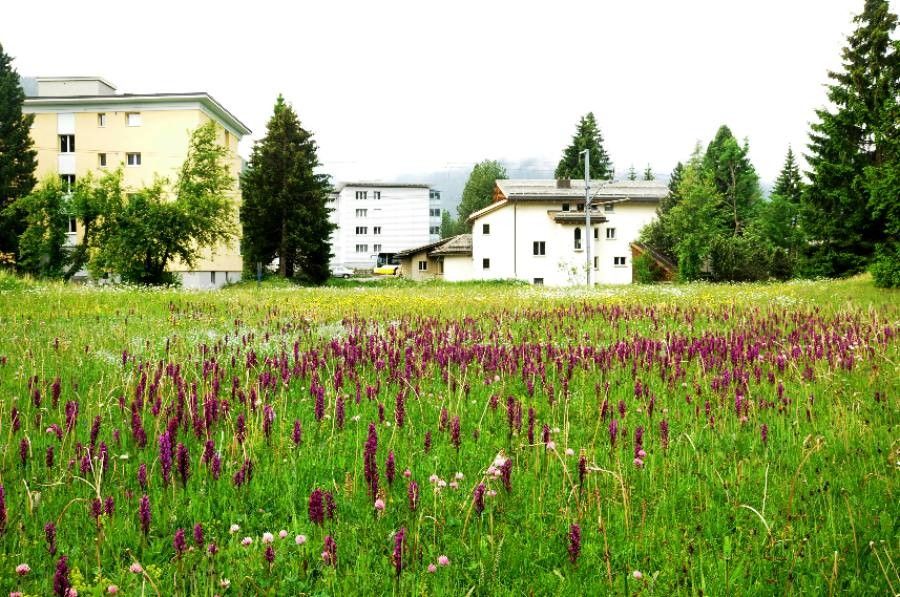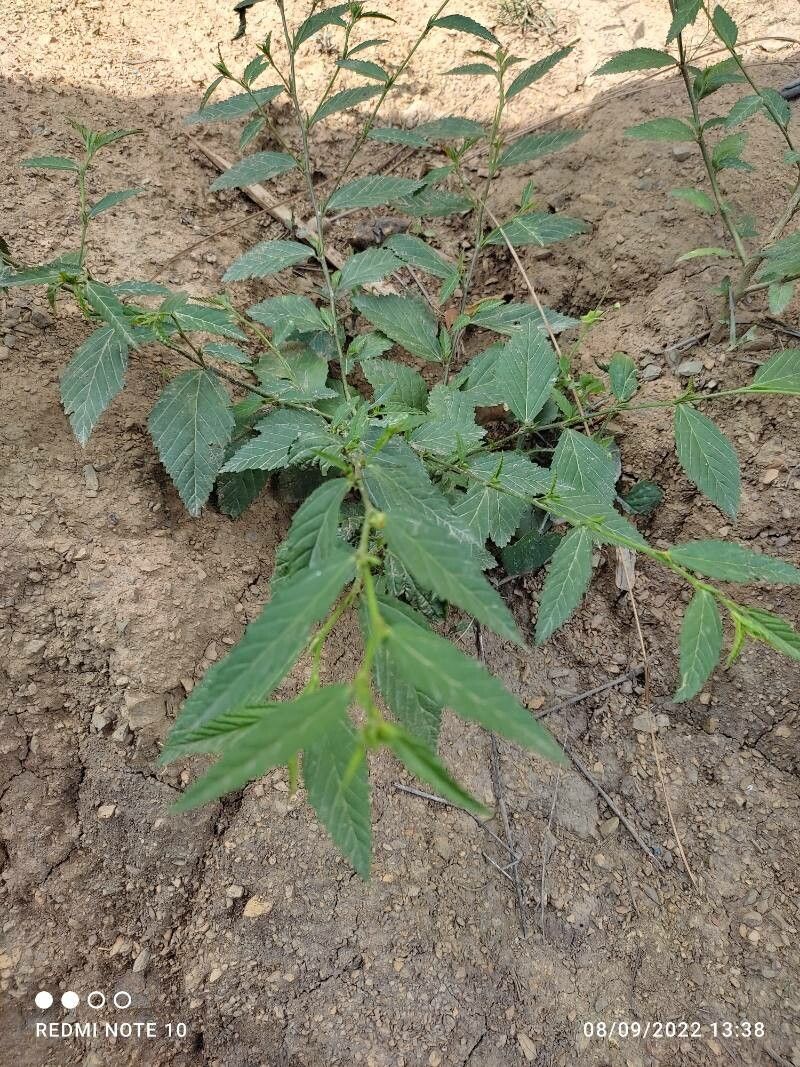## Greater Burnet-Saxifrage: A Comprehensive Guide
Greater Burnet-Saxifrage ( *Pimpinella major*) is a charming and versatile plant belonging to the Apiaceae family, better known as the carrot family. This herbaceous perennial is native to Europe and parts of Asia, known for its delicate, umbel-shaped flowers and aromatic foliage. While not as widely cultivated as some of its relatives, it offers a unique charm to gardens and possesses a rich history of medicinal and culinary uses.
### Identification
Identifying Greater Burnet-Saxifrage is relatively straightforward. Look for its upright, branching stems that can reach heights of up to 1 meter (3 feet). Its leaves are pinnately divided, meaning they are deeply lobed and resemble fern fronds. These leaves are typically a vibrant green, sometimes tinged with a bluish hue. The most distinctive feature is its inflorescence – a flat-topped umbel of numerous small, white flowers that bloom from June to August. These flowers attract pollinators and eventually give way to small, brown seeds.
### Habitat and Growth
Greater Burnet-Saxifrage thrives in a variety of conditions but prefers well-drained soil rich in organic matter. It's adaptable to both full sun and partial shade, making it a versatile choice for different garden settings. While it tolerates dry periods, consistent moisture is beneficial for optimal growth. This plant is particularly at home in meadows, grasslands, and woodland edges, indicating its preference for slightly moist, fertile soils. It is a hardy plant, tolerant of a range of soil pH levels.
### Cultivation and Care
Growing Greater Burnet-Saxifrage is relatively easy. Propagation can be achieved by seed sowing in spring or autumn. Direct sowing is often successful, but you can also start seeds indoors a few weeks before the last frost. Once established, it requires minimal maintenance. Water regularly during dry spells and apply a balanced fertilizer in spring to encourage vigorous growth and flowering. Deadheading (removing spent flowers) can promote longer blooming periods. The plant is fairly self-seeding, so you may find seedlings popping up in surrounding areas.
### Uses and Benefits
Historically, Greater Burnet-Saxifrage held a place in traditional medicine. Its roots were used for various ailments, although scientific evidence supporting these uses is limited. It’s crucial to note that you should never self-medicate and always consult a qualified healthcare professional before using any plant for medicinal purposes. The leaves possess a mild, slightly anise-like flavor and can be added to salads or used as a culinary herb, adding a unique touch to dishes. They are best used fresh, as they lose their flavor when dried.
### Potential Pests and Diseases
Generally, Greater Burnet-Saxifrage is a robust plant with good resistance to pests and diseases. However, like any plant, it can be susceptible to common garden pests such as aphids or slugs. Regular inspection and appropriate pest control measures can help prevent any significant damage.
### Conclusion
Greater Burnet-Saxifrage is a delightful addition to any garden, offering aesthetic appeal and a touch of history. Its ease of cultivation and adaptability make it a rewarding plant for both novice and experienced gardeners. With its delicate flowers and aromatic foliage, it deserves a place in both wildflower meadows and cultivated gardens alike.
Greater Burnet-Saxifrage: Complete Guide

Frequently Asked Questions
How do I grow Greater Burnet-Saxifrage?
Sow seeds directly in spring or autumn in well-drained soil. It tolerates sun or partial shade and requires minimal maintenance once established. Water regularly during dry periods.
What are the benefits of Greater Burnet-Saxifrage?
Historically used medicinally (consult a professional before use). Leaves have a mild, anise-like flavor and can be used fresh in salads or as a culinary herb.


